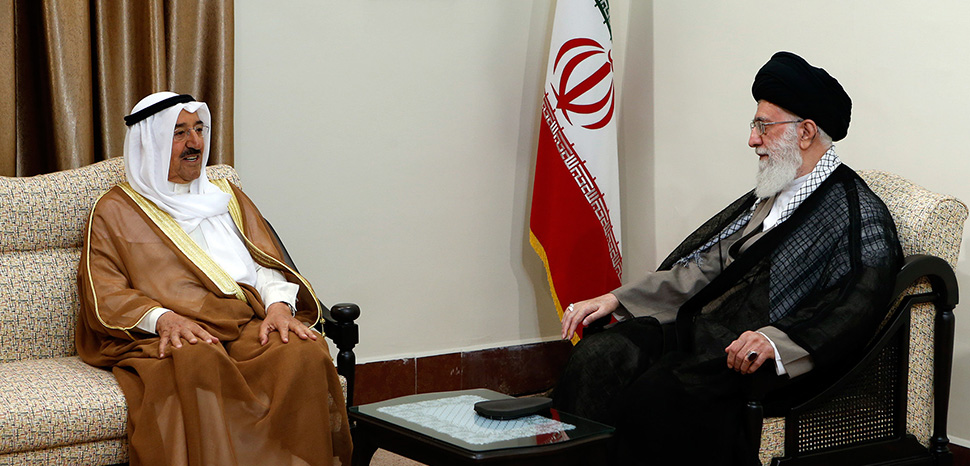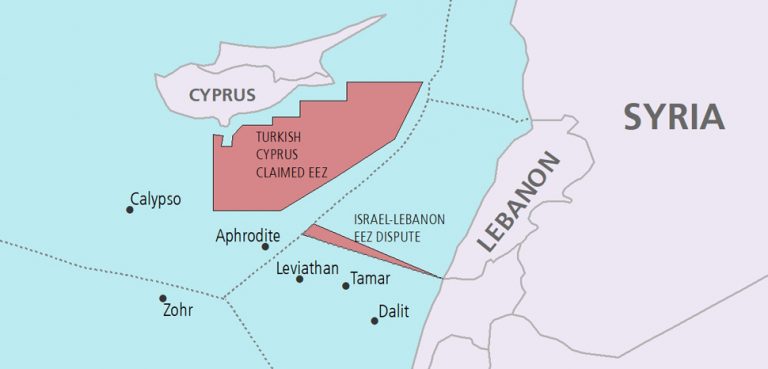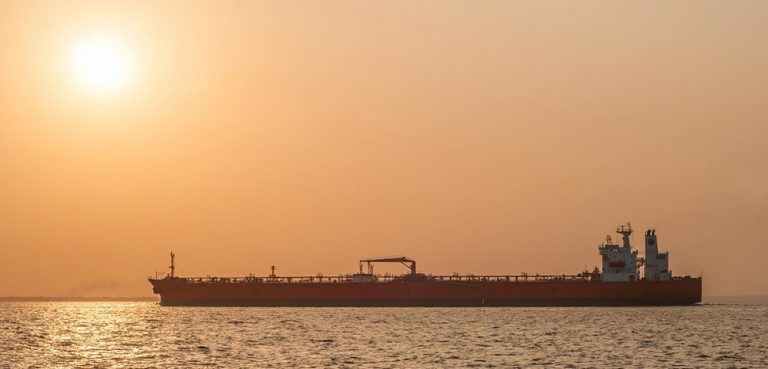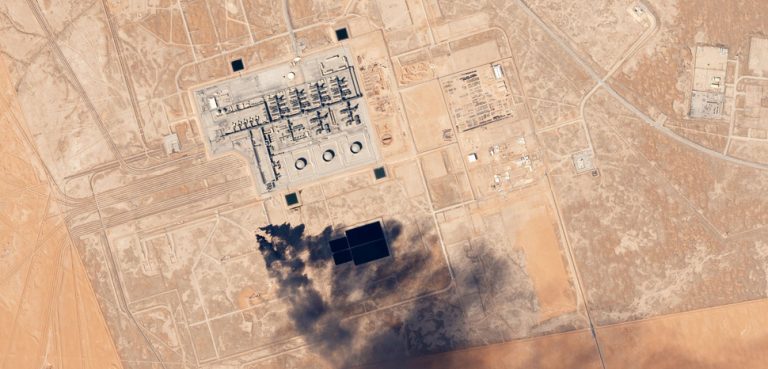The Al-Durra gas field, or Arash field as Tehran prefers to call it, is located in the Arabian Gulf and has been a source of ongoing geopolitical tensions between Iran, the Kingdom of Saudi Arabia (KSA), and Kuwait. Despite that the dispute over the field dates back to the 1960s, these tensions have been intensifying over the past few months due to various political and economic factors. The field is believed to hold proven reserves of up to 20 trillion cubic feet of gas and up to 300 million barrels of oil, placing it among the world’s top energy fields.
In October 2023, Kuwait’s Minister of Petroleum Saad Al Barrak stated that the Al-Durra field is considered one of the most important targets of the Kuwaiti government work program, and earlier in July 2023, Minister Al Barrak stated that Kuwait and Saudi Arabia have the “exclusive rights” to the field. In this respect, In 2022, a Kuwaiti-Saudi Arabian agreement was already signed in order to develop Al-Durra field, allowing for the production of 1 billion cubic feet of gas equally between both nations.
Iran on the other hand has criticized the agreement, decrying it as illegal. Iran advances the claim that 40% of the field falls within its maritime border, despite its failure to demarcate its maritime borders in this region. Regardless of Iran’s claims and criticism against KSA and Kuwait, the Gulf Cooperation Council (GCC) ministerial meeting stated last Sunday that Al-Durra gas field in its entirety is jointly and “only” owned by KSA and Kuwait, as reported by the Saudi state news agency. This has prompted Iran’s Foreign Ministry Spokesman to reject the statement issued by the GCC ministerial meeting, depicting it as “unconstructive.”
Iran has long sought to expand its influence in the Middle East, with destabilizing consequences over the past three decades. The Al-Durra field presents an obvious opportunity for Iran in the prospect of gaining control over a valuable energy resource. In securing access to just 40% of such a major gas field, Iran could enhance its energy security and boost its economic capabilities, thereby increasing its political and strategic influence in the region. Since Iran also views GCC states as the enemy-of-its-enemy in Washington, rising tensions over the Al-Durra field presents Iran with another opportunity to directly challenge the GCC as well, and by extension US interests in the region. In the same vein, the situation invites external powers such as Russia, to support Iran in its endeavours towards its claims ithe Al-Durra field.
The developing tensions in the Arabian gulf will produce three critical tests. Firstly, it will test the extent of the success of the relations normalization agreement between KSA and Iran, which took place in March 2023 under Chinese mediation. Secondly, it will test the extent of Chinese influence in the Middle East and how China may seek to establish an equilibrium in Iran’s tensions with other regional players. This is of particular interest given that China is already the main trade partner for Iran and seeking to increase its economic footprint in the GCC and the broader Middle East. However, China’s influence in the Middle East is already being limited in the context of the war in Gaza, civil war in Sudan, and the threat posed to international maritime safety by Iran-backed Houthis in Yemen. Thirdly, it will test the extent of the contemporary US strategic commitment to the Middle East.
For decades, the US has proved to be the strategic defense, security, and economic partner to most of the countries in the Middle East, especially the GCC nations. Furthermore, as the Houthis threat to shipping routes in the Red Sea emerged, the US was the first nation to take a proactive response by launching the US-led operation “Prosperity Guardian,” aimed at countering Houthi attacks on commercial vessels and degrading their attack capabilities. On the other hand, China has not offered to take any role or extend support to the operation, which is primarily aimed at protecting commercial vessels regardless of their origin.
Thus, rising tensions between Iran and KSA-Kuwait around Al-Durra provides the United States with an opportunity to further cement its strategic engagement in the Middle East. This can take place on multiple fronts including but not limited to further enhancing its defense and security cooperation and domestic capability building with regional Arab partners, which will collectively increase deterrence against any possible aggression from Iran as a result of the rising tensions over the Al-Durra field.
The Al-Durra field is a significant point of contention in the Gulf region, with Iran, KSA, and Kuwait competing for control. The competition for access and exploitation of the gas reserve is influenced by a complex interplay of economic, political, and strategic interests, which could potentially escalate existing rivalries and contribute to further instability in the region. It is crucial for all parties involved to participate in diplomatic dialogue and cooperate to address developing tensions and prevent any escalation that risks negative consequences for the entire region.
The views expressed in this article belong to the authors alone and do not necessarily reflect those of Geopoliticalmonitor.com.




